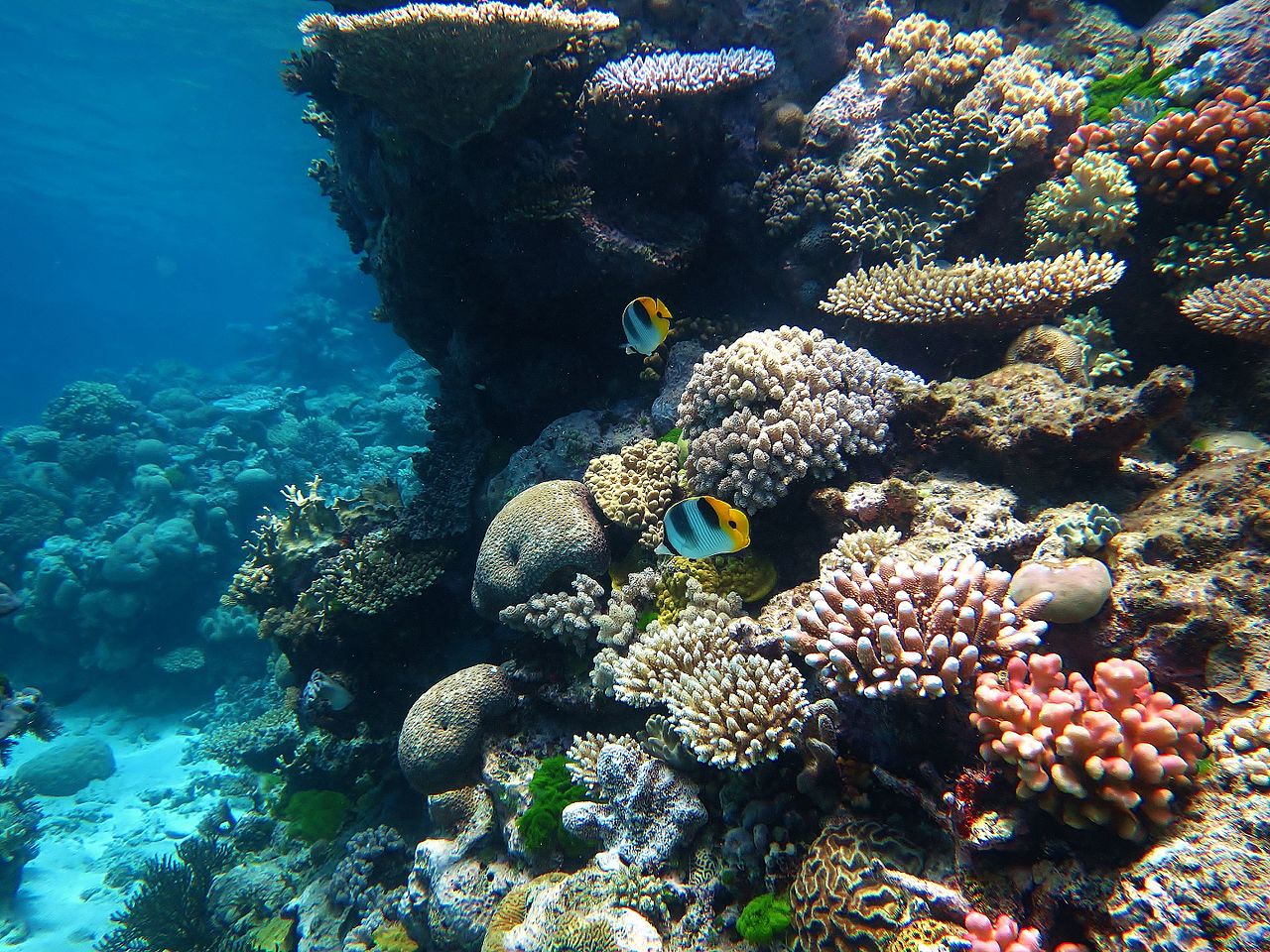For a variety of reasons, biologists would like to be able to predict whether and how populations of living things across the planet will adapt to changing climate. Those predictions are made dramatically more complicated by the fact that any particular organism of interest is embedded in a community of other interacting species, as CSUN Associate Professor of Biology Casey terHorst writes with Indiana University biologist Jen Lau in a new review article published recently in the Annals of the New York Academy of Sciences.
As Lau and terHorst explain, a suite of predators, competitors, and mutualists will affect the extent to which any given species will adapt in response to global change. Conversely, selection by interacting species can affect how organisms respond ecologically to global change — whether their populations grow or decline, or whether they are able to migrate to track suitable climate conditions. Predicting how living communities will respond to future climates requires tracking interactions among species as well as their individual adaptation, they conclude.
The full review is available online from the journal website.
Image: Butterflyfish and corals on a part of the Great Barrier Reef, a diverse community of interacting species threatened by climate change (Wikimedia: Wise Hok Wai Lum)

